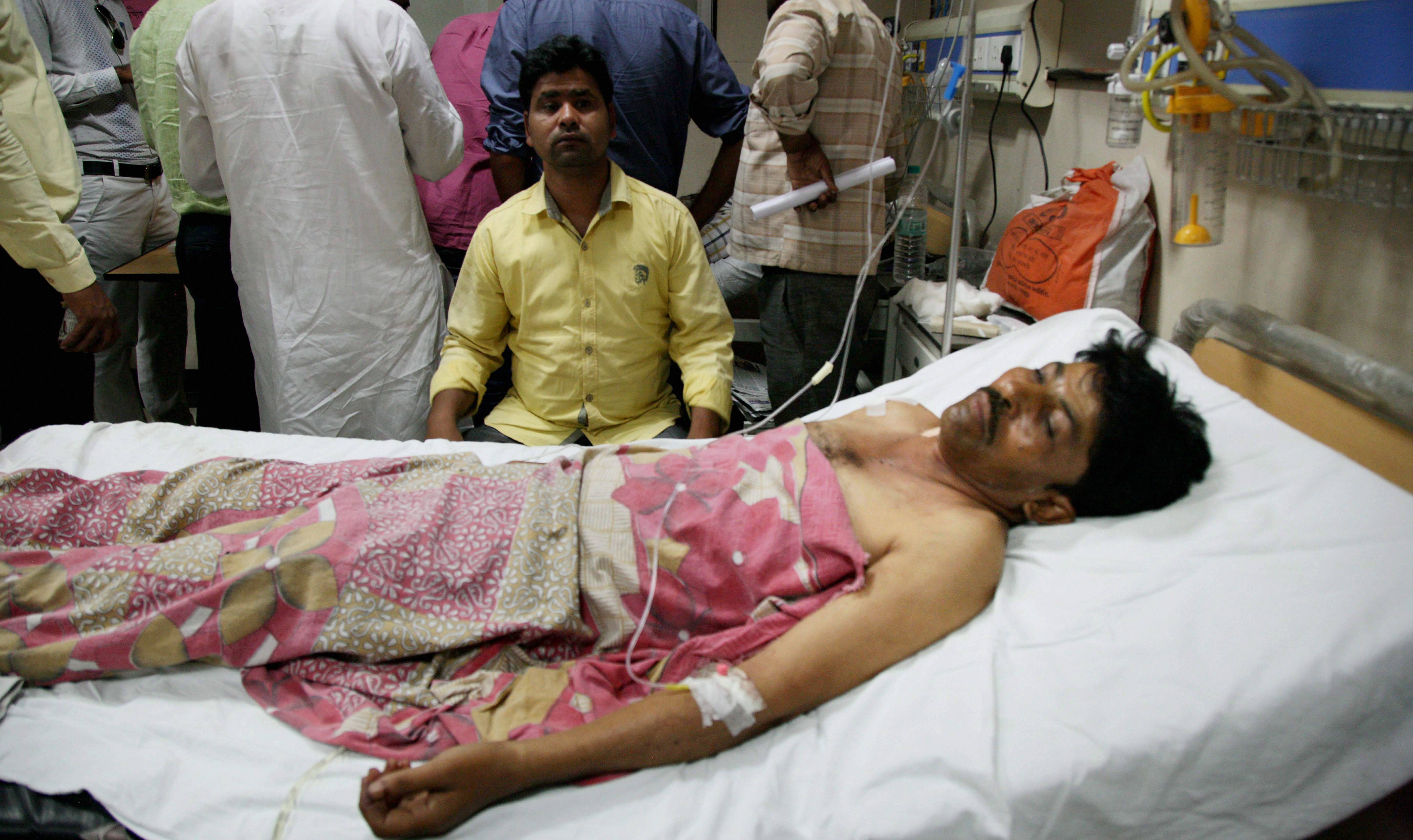
Lucknow: A simple question is beginning to haunt the Yogi Adityanath government of Uttar Pradesh. Two months after its historic win, why is this powerful government unable to handle a district level law and order/political issue?
Saharanpur is emerging as the site of resistance to the BJP, as the party seeks to consolidate its hold over the governance structure in Lucknow after a spectacular win. The repeated confrontation between Dalits and Thakurs has eroded BJP's claims of providing law and order early in its tenure. But the implications go deeper.
The Saharanpur violence was perhaps inevitable because of the nature of the electoral victory itself. There are two ways to view the caste clashes - through the prism of politics and through the prism of governance. And either way, it is not good news for the BJP. It is important to first understand the constellation of forces which voted for BJP, and those which did not. The BJP relied on upper castes, non-Yadav OBCs and non-Jatav Dalits through the election campaign. Together, they constitute close to 60 per cent of the population.
What this also meant was that three extremely powerful social groups voted against the party - Muslims, Yadavs, and Jatavs among Dalits. These groups, at different points, have ruled UP for over 15 years. It is not surprising that the change in the balance of power, and the exclusion of these groups from the power structure, began to have an impact on the ground.
Other groups which have voted for the BJP feel emboldened, while these three groups feel victimised. If it was a small fringe, it was different. But together, they constitute over 40 per cent of the population. This is not to suggest that all three groups are acting in concert - far from it. Indeed, there remain contradictions and conflicts within these groups too. But BJP's political success with its 60 per cent formula - of getting the support of everyone else but these groups - is now turning into a 40 per cent governance problem - of having to cope with challenges that emerge from these three groups.
In Saharanpur, it is the Jatavs; in other places, it could be Muslims if and when they turn assertive; elsewhere, it could even be Yadavs. They have enough numbers and political strength to cause problems for the administration. And they are not groups to take it lying down if BJP's supporters turn aggressive.
Besides tackling the challenge that may emerge from these groups, the BJP will also have to deal with another dimension of the problem. The party is in the middle of an ambitious political experiment - of creating a multi-caste alliance.
Prime Minister Narendra Modi has made a conscious effort to expand into Dalits, backwards and poor: The party too has recognised that its ideological project of Hindu unity and electoral project of winning elections will always encounter obstacles without Dalits. At the same time, it has been able to retain the loyalty of its older base of upper castes and upper classes.
If the Saharanpur clashes end up extending to other places, or if it ends up extending to clashes with other Dalits, it will mean that BJP's multi-class, multi-caste project will hit a roadblock.
Yogi Adityanath and BJP are realising that social contradictions in a state like UP are such that even huge mandates do not go uncontested. Indeed, sometimes political wins of this nature themselves sharpen contradictions. Managing it will be a real test.